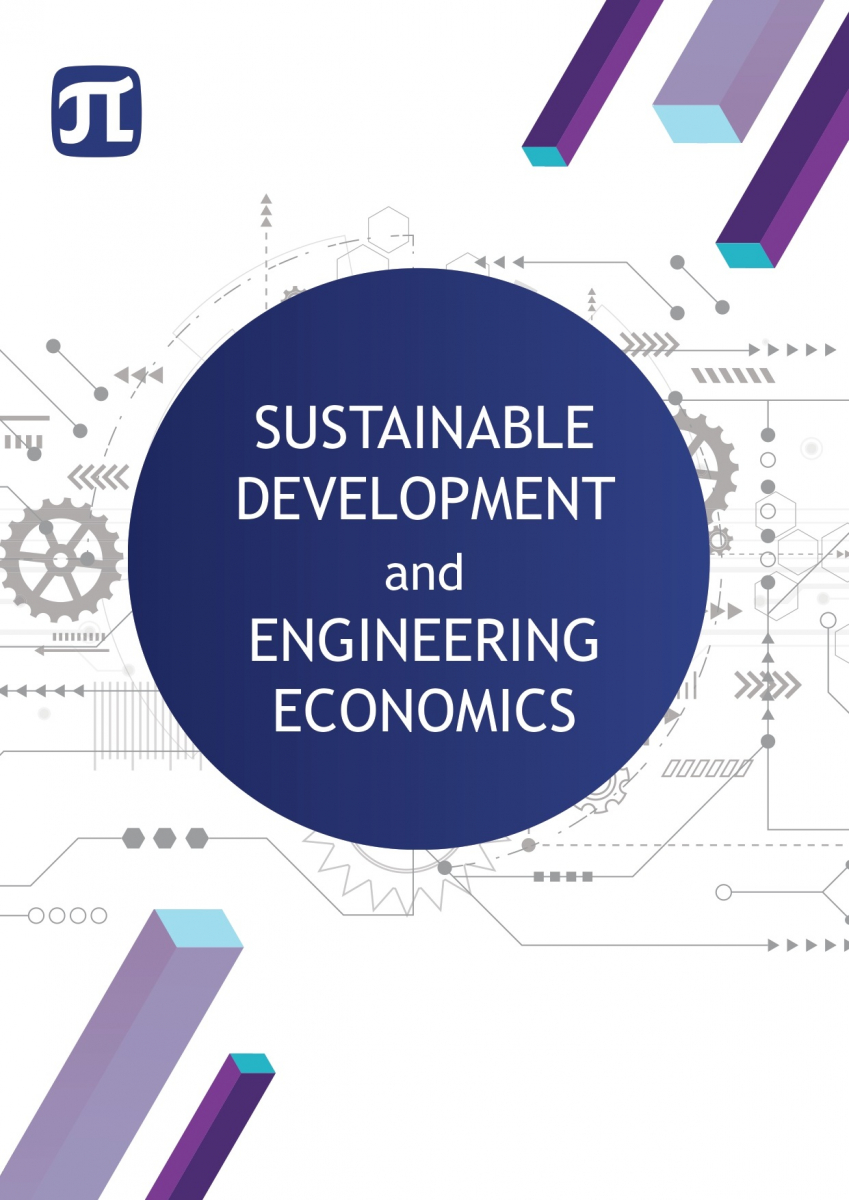Model of Cross-Financing for Research and Development Costs in a Federal District
The issue of an optimal amount of funding for research and development (R&D) costs within the Russian regions that have the appropriate scientific potential is investigated. For this purpose, a model is developed to optimise and plan the cross-financing of R&D costs in a federal district, which takes into consideration the specific technological and economic results of R&D in the regions. This model makes different R&D expenditures by type of work dependent on three planning directions of innovative development in the regions of the district: investment, production, and financial. All three processes are considered simultaneously. Investment planning is reflected by investment in fixed capital, production planning (by gross regional product), and financial planning (by indebtedness of legal entities on loans). Nonlinear regressions of R&D costs by type of work are optimised using a genetic algorithm, simulated annealing, and pattern search, which eventually allow calculation of the reserve or deficit of the corresponding R&D costs in each region of the federal district. The results of global optimisation reflect the conclusion that in conditions of saving federal budget funds, the federal district can partially finance all R&D costs in those regions that need it. Identifying such regions more reasonably requires analysing this situation in more detail, that is, in terms of various R&D costs by type of work. For the Privolzhsky Federal District, the findings indicate that the Samara region, the Republic of Bashkortostan, and the Perm region are the most in need of financing various types of R&D expenditures. However, the main donor for the costs of different types of R&D is the Nizhny Novgorod region. The findings of this model can allow considerable savings in the federal budget funds allocated for scientific and, consequently, innovative development of the regions.


